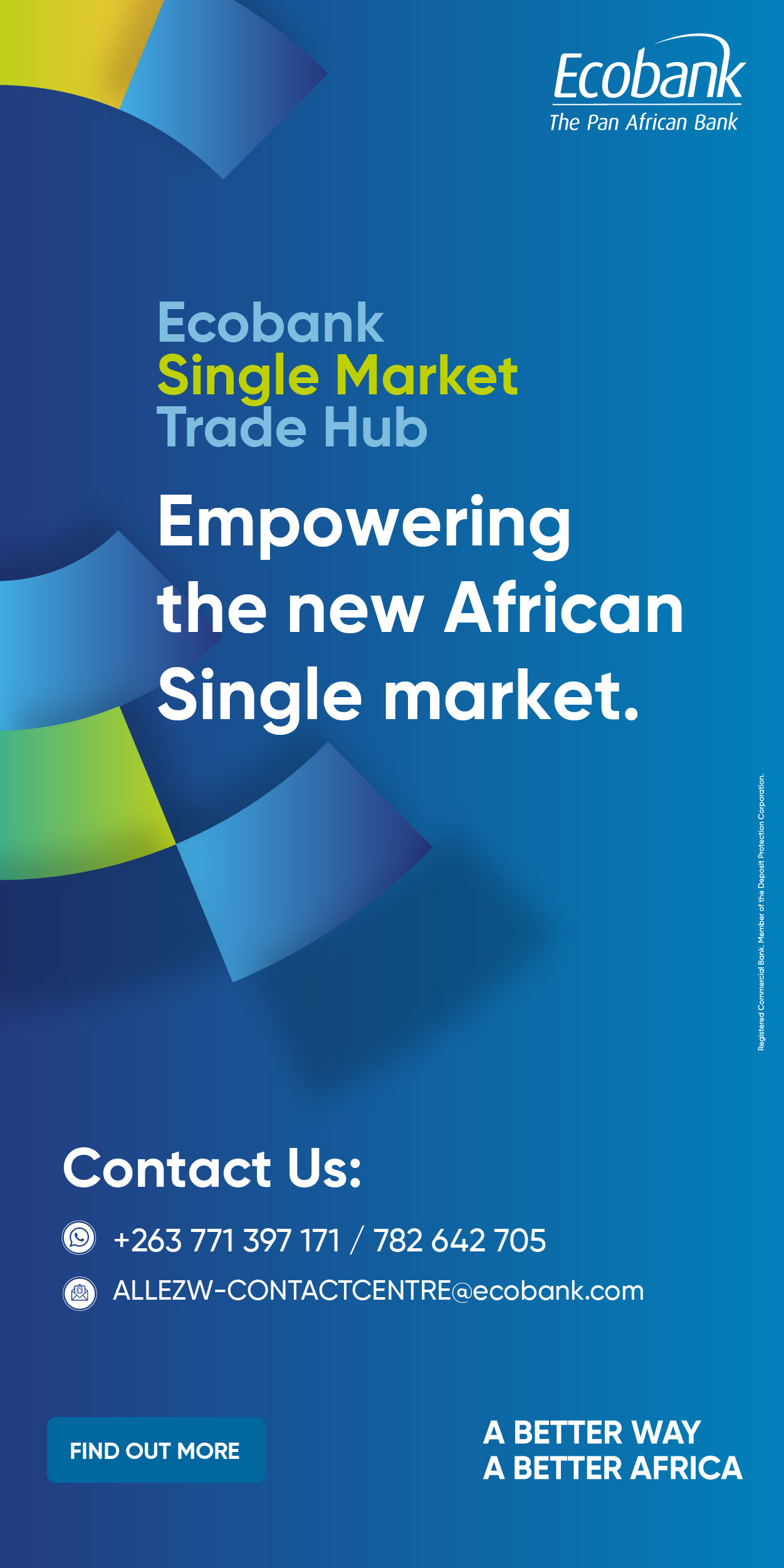- ZiG has depreciated by 50% since inception, raising concerns about its long-term viability.
- RBZ's supply-side manipulation has created artificial scarcity, leading to its strength but over-reliance on USD for transactions
- Sustainable currency management requires a balanced approach that addresses both supply and demand, alongside necessary economic reforms
Sources: Reserve Bank of Zimbabwe, Equity Axis
Harare- The Zimbabwe Gold (ZiG) has recently hit its lowest point on the formal market since the beginning of the year, with deficits since its inception reaching 50%.
As of May 19, 2025, the currency has depreciated by 4% year-to-date, settling at a rate of 26.8719 against the greenback.
Since April 19, the ZiG has been on a consistent downward trajectory, with daily depreciation margins remaining below 1%.
While these declines may appear insignificant in isolation, the persistent nature of this depreciation raises critical questions: why is the ZiG consistently losing value at lower rates rather than gaining strength at higher or lower rates?
This trend points to deeper structural weaknesses in the currency’s management and its economic underpinnings.
Like the Mozambican Metical and Botswana Pula, the ZiG is tightly controlled by the government, with the Reserve Bank of Zimbabwe (RBZ) setting an upper trading limit to regulate bidder activity.
However, unlike the Pula, which benefits from a diversified basket of reserves, both the ZiG and Metical lack such robust backing. This structural difference allows the ZiG and Metical to perform relatively well on formal markets but leaves them vulnerable to significant losses on the parallel market.
The introduction of Statutory Instrument (SI) 34 of 2025 by the RBZ triggered sharp adjustments in exchange rates: the parallel market rate jumped from 26 to 40, peer-to-peer rates rose from 34 to 37 per dollar, and formal retailer rates shifted from 27 to 32 per dollar.
These rapid shifts cast doubt on the RBZ’s claims of reserves exceeding US$600 million, exposing potential discrepancies in the currency’s financial foundation.
A key driver of the ZiG’s performance lies in its reliance on supply-side manipulation rather than demand-side strength.
The RBZ has deliberately restricted the availability of ZiG in the market, creating artificial scarcity to push its bid price upward.
This approach is reflected in a 43% revenue drop in the first quarter by Masimba, a construction firm due to government late payments.
However, this strategy falters in practice: when businesses and individuals acquire ZiG, they swiftly convert it to US dollars to cover essential expenses such as rentals, medical bills, imported machinery, supplier payments, and passports transactions overwhelmingly denominated in USD.
Real estate firms like Tigere and West Properties report rental income collections at 90% in USD, highlighting the ZiG’s glaring lack of demand-side support.
The downside of firming a currency solely through tightening supply, without addressing demand, is its inherent unsustainability. This approach may yield short-term stability, but it crumbles under pressure.
For instance, when the government begins disbursing payments to contractors, the increased circulation of ZiG is likely to drive further depreciation, as the market lacks the capacity to absorb and retain the currency.
A sustainable currency requires a balance of supply and demand dynamics, only then can it achieve genuine appreciation and long-term viability.
Regional and global examples reflect the fragility of such policies. In Argentina, the Peso’s history is riddled with crises stemming from efforts to control its value through supply restrictions, neglecting broader economic challenges.
The currency board system of the early 2000s, which pegged the Peso to the US dollar, collapsed under the weight of unsustainable fiscal policies and dwindling public confidence.
Similarly, Venezuela’s Bolivar has been ravaged by hyperinflation and devaluation, driven by policies like excessive money printing and rigid exchange rate controls. These measures failed to address economic mismanagement and entrenched distrust in the currency.
Closer to home, the Nigerian Naira has faced parallel struggles. Despite repeated interventions by the Central Bank of Nigeria to bolster its value through supply-side controls, the Naira’s stability has been undermined by an overreliance on oil exports and a lack of economic diversification.
These cases reveal a common thread: policies that hinge solely on tightening supply, without fostering demand or tackling underlying economic issues, are doomed to falter.
For the ZiG, the current supply-driven strategy may offer a temporary reprieve, but it cannot endure without concerted efforts to build confidence in the currency and stimulate its use.
The dominance of USD in essential transactions reflects a profound lack of faith in the ZiG, fueling a cycle of increasing demand for foreign currency and mounting pressure on the local unit.
To break this cycle, the RBZ and the government must adopt policies that bolster the ZiG’s credibility such as incentivising its use in everyday transactions or reducing USD dominance in key sectors. Addressing structural economic weaknesses, including fiscal discipline and diversification, is equally vital.
Therefore, while tightening supply may prop up the ZiG in the short term, its long-term success hinges on a balanced approach that integrates both supply and demand metrics. Without this, the ZiG risks following the troubled paths of the Zimbabwe Dollar, Argentine Peso, Venezuelan Bolivar, and Nigerian Naira where supply-side fixes proved no match for deeper economic realities.
Path Forward
RBZ should continue tightening monetary policy to curb liquidity, building on October 2024 measures that reduced monthly inflation to 0.5% by February 2025. Limiting ZiG issuance for non-essential spending and mandating its use for other utilities, and taxes (beyond the current 50%) can absorb excess liquidity, as suggested.
Enforcing fiscal discipline is critical to prevent liquidity surges from undermining monetary efforts. Reducing budget deficits by prioritising productive investments, such as export-oriented industries, over populist spending, can align fiscal policy with RBZ goals
Diversifying the economy is vital to reduce import dependence and boost reserves. Investing in agriculture, mining (e.g., lithium processing), and manufacturing, with tax incentives for exporters, can close the $809 million import-$500 million export gap.
Reviving capacity utilisation, which hit rock bottom in 2024, through public-private partnerships and leveraging the Pan-African Payment and Settlement System (PAPSS) for regional trade can enhance ZiG acceptability。
Also, unlocking international credit requires governance and political reforms to clear $21 billion debt arrears and access IMF/World Bank support. Reforming land tenure and property rights can draw Western capital, reducing reliance on money printing, which fuels inflation.
Without these reforms, the ZiG risks repeating the fate of its predecessors, despite its gold-backed design.





